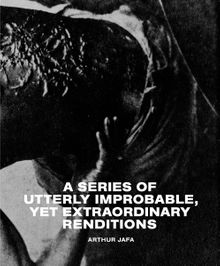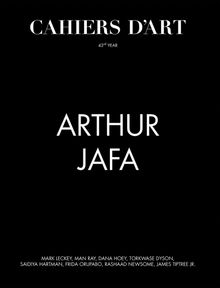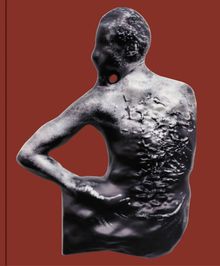ARTIST MONOGRAPHS
|
|
STATUS: Out of stock Temporarily out of stock pending additional inventory. |
 Arthur Jafa: A Series of Utterly Improbable, Yet Extraordinary Renditions
Arthur Jafa: A Series of Utterly Improbable, Yet Extraordinary Renditions
Published by Walther König, Köln.
Edited by Amira Gad, Joseph Constable. Text by John Akomfrah, Jean Baudrillard, Judith Butler, Tina Campt, Ernest Hardy, Dave Hickey, Fred Moten, Hans Ulrich Obrist, Yana Peel.
Arthur Jafa (born 1960) has worked as a cinematographer with such legendary directors as Stanley Kubrick and Spike Lee; he has also worked on music videos for well-known artists such as Jay-Z, Beyoncé and Solange Knowles. However, Los Angeles–based Jafa has recently emerged as a powerful artist in his own right. A Series of Utterly Improbable, Yet Extraordinary Renditions presents Jafa's image-based work through the chopping and juxtaposition of found visual sequences covering subjects such as race, conflict, the cosmos and nature. These, in turn, are placed in conversation with texts by authors and artists of such range as Hilton Als, Jean Baudrillard, Amiri Baraka, Judith Butler, Samuel R. Delany, Gilles Deleuze and Felix Guattari, Fred Moten and Cecil Taylor. This mammoth tome stands as a document of an experienced filmmaker breaking through with a powerful, fully formed voice into the fine art world.
PUBLISHER
Walther König, Köln
BOOK FORMAT
Hardcover, 13.75 x 11 in. / 848 pgs / 117 color / 51 bw.
PUBLISHING STATUS
Pub Date 11/20/2018
Out of stock indefinitely
DISTRIBUTION
D.A.P. Exclusive
Catalog: SPRING 2019 p. 132
PRODUCT DETAILS
ISBN 9783960981589 FLAT40
List Price: $125.00 CAD $170.00
AVAILABILITY
Not available
STATUS: Out of stock indefinitely. |
 Cahiers d'Art: Arthur Jafa
Cahiers d'Art: Arthur Jafa
43rd Year
Published by Cahiers d'Art.
Edited by Staffan Ahrenberg, Sam Keller, Hans Ulrich Obrist, Arthur Jafa, Anya Bondell. Text by Arthur Jafa, Saidiya Hartman.
The American artist Arthur Jafa curated the Cahiers d’Art Revue. Arthur Jafa invited artists Mark Leckey, Dana Hoey, Torkwase Dyson, Frida Orupabo and Rashaad Newsome, who shared in their conversations their artistic practice, race and digital culture. The issue also features excerpts from Arthur Jafa’s notebooks that he has been keeping since the 1990s, texts by Man Ray and Professor of English and Comparative Literature at Columbia University Saidiya Hartman, as well as the short story "Milk of Paradise," by new wave science fiction author James Tiptree Jr.
PUBLISHER
Cahiers d'Art
BOOK FORMAT
Slip Paperback, 9.75 x 12.5 in. / 176 pgs / 150 color.
PUBLISHING STATUS
Pub Date 10/23/2018
Active
DISTRIBUTION
D.A.P. Exclusive
Catalog: Publisher Backlist
PRODUCT DETAILS
ISBN 9782851173041 SDNR40
List Price: $100.00 CAD $140.00
AVAILABILITY
Out of stock
STATUS: Out of stock Temporarily out of stock pending additional inventory. |




